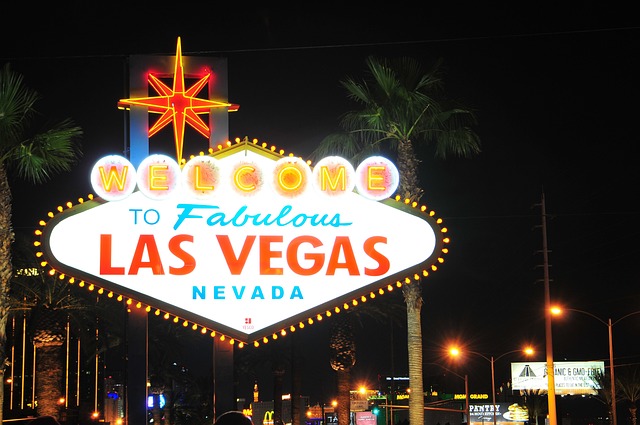Casinos are masterclasses in behavioral design. Every surface, sound, and sightline is chosen to guide attention, slow departures, and extend play without feeling pushy. The floor plan steers you past lively tables and colorful banks of machines, while warm lighting softens clocks and corners so time feels less linear. Music sits at a tempo that energizes but never overwhelms, and celebratory sounds spike near-miss excitement even for bystanders. Signage promises quick rewards, comfortable seating lowers physical fatigue, and cashless flows reduce the friction of each bet. None of this changes the math, but it shapes the context in which decisions are made. Understanding these cues helps players recognize when a pleasant environment becomes a persuasive one—and decide ahead of time how long to stay, what to play, and when to leave.
Layout, Wayfinding, and the “Gravitational Pull”
Casino floor plans blend clear wayfinding with deliberate detours. Entrances open to bright, animated zones that display momentum—jackpot chimes, cheering tables, high-contrast screens—so newcomers orbit the action before they’ve chosen a game. Aisles subtly curve, encouraging exploration while hiding direct exits and dampening the impulse to “just pop out.” Islands of machines create micro-neighborhoods where players settle in, while anchor attractions—shows, restaurants, high-limit rooms—draw foot traffic through revenue-dense paths. Sightlines keep wins visible at a distance to trigger social proof, yet sight-blocks shield losses to protect mood. Even restroom placement matters: you pass promotional kiosks or fresh games en route. Effective layouts feel intuitive rather than maze-like, but the intent is constant—maximize exposure to choices that keep you engaged and minimize cues that suggest it’s time to go.
Lighting, Sound, and Sensory Pacing

Ambient design sets the session’s emotional tempo. Warm, indirect lighting softens edges and reduces glare, helping players maintain focus without fatigue. Accent lights highlight buttons, bill validators, and chip stacks, nudging eyes toward actions instead of exits. Sound design pairs low hums for calm with punctuated highs for celebration; jackpot stingers and coin cascades are engineered to carry, creating a chorus of possibility. Crucially, “near-miss” tones can resemble win cues, prolonging arousal even when outcomes are negative. Background music targets a mid-tempo range that encourages steady play and walking speed, while bass levels are tuned to feel lively but not exhausting. The goal is regulation: sensory inputs that neither overstimulate nor bore. When the mix is calibrated, players report “flow”—that pleasant state where attention narrows, time blurs, and decisions feel effortless.
Comfort, Convenience, and Transaction Friction
Comfort extends session length. Ergonomic chairs, adjustable armrests, and generous personal space reduce micro-discomfort that would otherwise trigger breaks. Drink service and nearby snacks remove reasons to stand; personal charging ports and bag hooks keep setups intact. On the money side, design trims friction at each step. Ticket-in/ticket-out, digital wallets, and contactless features compress the gap between intent and action, which can increase bet frequency. Denomination choices and default bet buttons anchor expectations; many players stick to on-screen defaults rather than recalibrating every hand. Meanwhile, subtle pacing aids—countdown rings, auto-deal toggles, tap-to-rebet—keep momentum high. Casinos also position ATMs and cash desks where re-entry is easy and face-saving. Players who wish to stay intentional can rebuild friction on purpose: pre-set budgets, slower denominations, and planned intermissions that reset attention and appetite.
Reward Loops, Near Misses, and Social Proof

Design leverages how the brain learns. Frequent, low-value “wins” and near-miss visuals deliver dopamine spikes that reinforce continued play, even when net results are negative. Progress bars, tier ladders, and streak counters convert time into visible advancement, shifting focus from outcome to trajectory. Public win displays—leaderboards, confetti screens, applause effects—supply social proof that “wins happen here,” and their placement ensures onlookers witness celebration more than quiet departures. Micro-rewards, like bonus rounds with tactile input or wheel spins with escalating sounds, produce anticipation cycles independent of base game EV. Hosts, dealers, and greeters act as human UX, offering recognition that ties identity to participation. The healthiest counter is pre-commitment: decide limits off the floor, treat loyalty perks as marketing rather than profit, and frame near misses as variance, not momentum.
